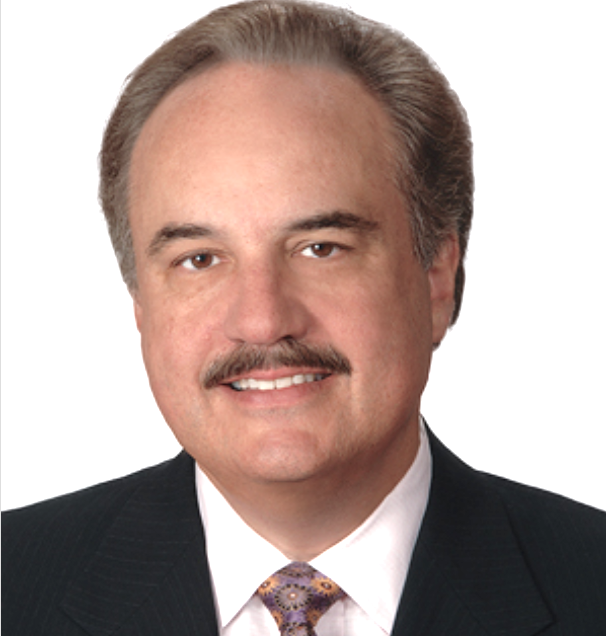
Assisted living figures prominently in the future plans that CVS Health executives shared Wednesday to improve performance in its Omnicare long-term care pharmacy business.
The company posted a $2.6 billion net loss for the quarter, compared with net income of $1.1 billion for the same quarter of 2017, and took a $3.9 billion “non-cash goodwill impairment charge” in the quarter due to the challenges that the long-term care business continues to face.
“We are clearly disappointed with our performance in the Omnicare business,” CVS Health President and CEO Larry Merlo said. “And despite this disappointment, we continue to believe in the business’ long-term prospects. …We continue to believe in our ability to drive growth in this sector by improving our presence in the assisted and independent living areas.”
Executives said they were happy with the company’s overall performance in the second quarter. The company posted $46.7 billion in net revenues, an increase of 2.2% over the second quarter of 2017. Revenues in the retail/long-term care segment were $20.7 billion, a 5.7% increase compared to the same period last year; CVS attributed much of the growth to a 9.5% increase in same-store prescription volume.
“Overall, the company posted extremely strong financial performance in our core business as we met or exceeded all elements of our guidance in the second quarter,” Executive Vice President and Chief Financial Officer Dave Denton said.
CVS sees growth opportunities for Omnicare particularly in assisted living, he said.
“That said,” Denton continued, “industrywide financial challenges have created unexpected financial pressures on our facility clients, which has resulted in lower growth than we anticipated when we acquired the Omnicare business three years ago.” CVS bought Omnicare in 2015 for $10.4 billion and the assumption of $2.3 billion in debt.
Challenges affecting the Omnicare business, CVS said, include “lower client retention rates, lower occupancy rates in skilled nursing facilities, the deteriorating financial health of numerous skilled nursing facility customers and continued facility reimbursement pressures.”
Lower occupancy at skilled nursing facilities means fewer prescriptions being filled, Denton said. “And despite a growing opportunity in the assisted living market, our programs to serve these clients has grown more slowly than we originally anticipated,” he added.
Denton outlined the company’s four-point plan to “put the business performance back on track.”
- CVS has put in place a new leadership team to manage Omnicare’s day-to-day operations. “The team is made up of individuals with expertise in the long-term care market, supplemented with operational talent from CVS Pharmacy,” he said.
- The new team is working to improve client retention levels. “The team has already identified a series of near-term actions that should substantially enhance client retention rates, with the target of 95% or better,” Denton said.
- A systemwide cost improvement effort will aim to “dramatically lower” the cost of filling skilled nursing prescriptions. “The team is targeting $100 million to $150 million in cost takeout opportunities over the next several years to enhance process design, the implementation of automated technologies and better leveraging our local presence at CVS Pharmacy to serve our skilled nursing facility clients,” Denton said, indicating that Omnicare would pass the savings on to customers to be competitive.
- To meet the needs of independent living and assisted living facility operators, residents and caregivers, the company’s enterprise product development team is developing solutions to increase Omnicare’s penetration rate from approximately 50% to 70%. “Our initial solutions have produced success in some markets, and we’re looking to scale those up,” Denton said.
“There is no doubt that as the population ages, there will be an increased need for long-term care services and supports,” he said. “We must execute on initiatives, deliver high levels of patient and client service, and drive additional efficiencies so that when the market does turn around, we are well-positioned to take advantage and grow.”
One of the challenges with realizing the growth potential of assisted living, Executive Vice President and Chief Operating Officer Jon Roberts said, has been adapting Omnicare’s service model, which was designed for skilled nursing.
“Long-term care is facility-focused,” whereas assisted living is “more member-centric,” he said.
In skilled nursing facilities, Roberts explained, “all members of the facility are serviced on the same day except when there is a stat order.” In assisted living, however, “residents order their prescriptions very similar to what we see in retail. So not all members receive their orders on the same day in that facility. They call them in as they need them,” he said.
To address this service model challenge, Omnicare is creating “assisted living centers of excellence” in its pharmacies to serve assisted living customers, Roberts said. “We have three of these in operation and will complete the rollout by year-end,” he added.
Omnicare also has hired account managers to work directly with assisted living community managers and their residents to improve service and penetration into the communities, Roberts said. “Early results where we have this model fully in place are positive, and we’re confident that this service model will enable us to achieve our goals in assisted living,” he said.



